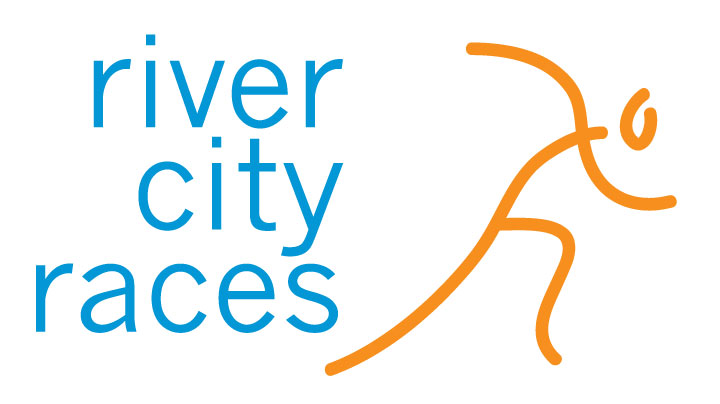For many years, Nancy ran her own triathlon coaching business, Train Smart LLC, in her hometown of Louisville, KY. She also founded the youth triathlon program called Maverick Multisport. Through coaching endurance athletes, Nancy recognized that nutrition is a cornerstone of health and wellness, and wanted to explore how food functioned holistically to support health.
In 2015, Nancy moved from Kentucky to Fort Collins with her husband and their son. At the age of 50, she had the opportunity to pursue her interest in holistic nutrition at the Nutrition Therapy Institute in Denver. Her eyes opened to the science behind the power of natural, whole foods to influence health. In 2020 and 2021, she furthered her education with Restorative Wellness Solutions, and earned Level 1 Certification in Gastrointestinal Healing and Level 2 Certification in Optimizing Hormones.
As the owner of Renew Nutrition and Fitness LLC, she is passionate about using the power of whole food nutrition to optimize health. By listening to her clients and using the most effective lab testing available, she gets to the root cause of digestive and hormonal issues. Her ambition is to guide you to wellness with her nutrition and lifestyle plans.
Detox to support your liver. The liver is an unsung “hero organ” in the body. Scientists have identified over 500 different functions performed by the liver, including critical roles in digestion, metabolism and detoxification. This is why detoxifying the liver can improve dozens of bothersome symptoms such as gas and bloating, weight loss resistance, hormone imbalance, fatigue, poor sleep quality, and more!
The liver is your primary organ of detoxification; everything you eat, drink and put on your skin reaches your liver. The liver filters more than a quart of blood each minute to remove harmful wastes and toxins. Detoxification converts these harmful wastes to inert substances that can be safely eliminated from the body.
Because toxins are ubiquitous in processed foods, personal care products, cleaning products, and the environment, the liver is easily overwhelmed. Like a bathtub with a clogged drain that eventually overflows and makes a mess, the liver’s filtering system can be overwhelmed and allow toxins back into the bloodstream where they wreak havoc on your health. An overload of toxins affects not only an athlete's ability to train and focus but also the overall health of the athlete.
You can see why it’s critically important to support your liver by doing a detox. Optimizing your body's natural detoxification system is best achieved by consistently practicing healthy habits: consuming nutrient-dense foods, drinking plenty of pure water, managing stress, getting adequate sleep, and exercising regularly.
To read more about Renew Nutrition and Fitness, click here.
Nancy will be conducting a 5 Day Whole Food Detox: March 7-11, 2022 so if you want to give the program a try, this is the perfect time. Click here for more information.





